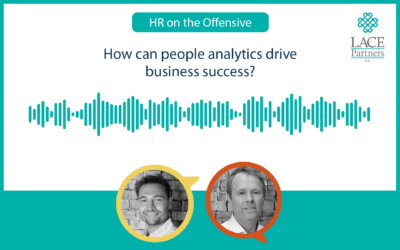Client stories
We help businesses at any stage in their HR or Payroll transformation journey. We can start from the beginning with a business case or top line strategy, join in the middle building out a tech road map or desiging a new operating model or help with a QA and technology adoption. We have some examples below but the best way to understand how we can help is to reach out – a member of our team will be happy to run through how we can support you.
Explore our client stories
Your story is unique. Let’s discuss your needs together.
Our latest insights
How are skills-based trends impacting the recruitment industry?
The world of recruitment is undergoing a significant transformation, one that prioritises skills over traditional job roles. Chris and LACE Director Pavan Bilkhoo speak to Neil Carberry, CEO of the Recruitment and Employment Confederation (REC), on how businesses and...
Tackling potential skills crises: A blueprint for organisational success during an economic slump
We’re often asked to comment on a variety of HR topics in the media and recently we were asked to talk about the impact of the current economic challenges that organisations are facing when it comes to driving their own skills agenda. You can see the article for...
How can people analytics drive business success?
In this episode of the HR on the Offensive podcast, Chris welcomes fellow LACEr Julian Holmes, who shares his insights from the recent HR Analytics Summit. The discussion centres around the growing importance of people analytics in HR and how organisations can harness...














